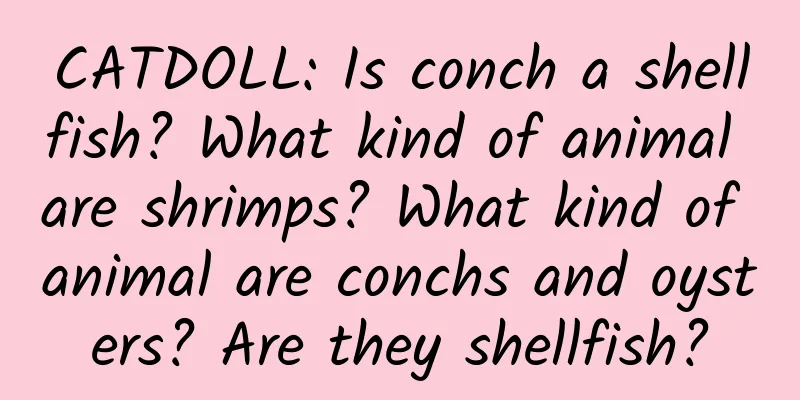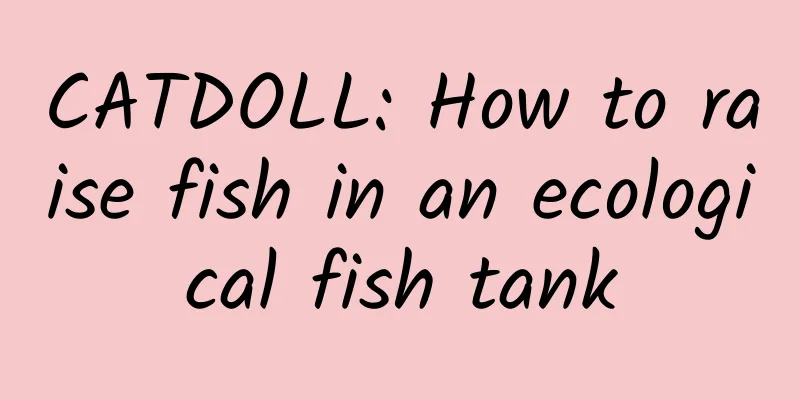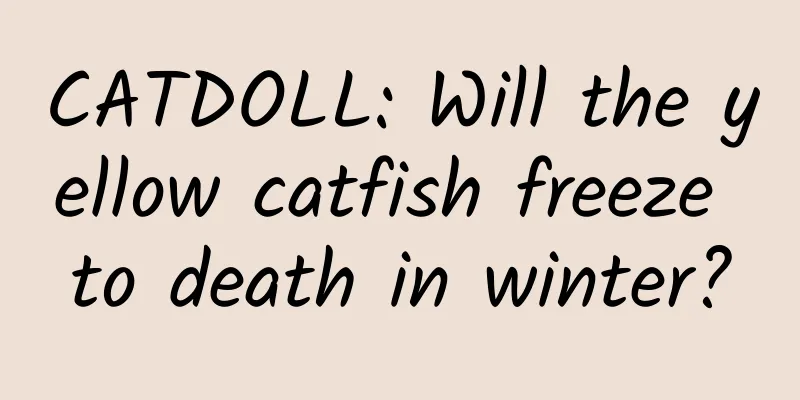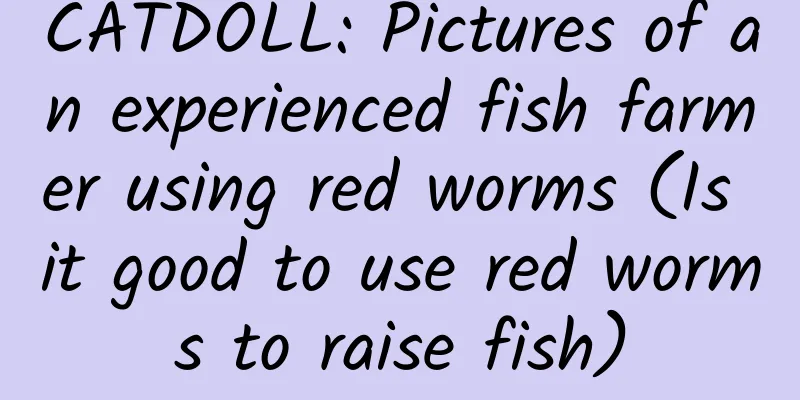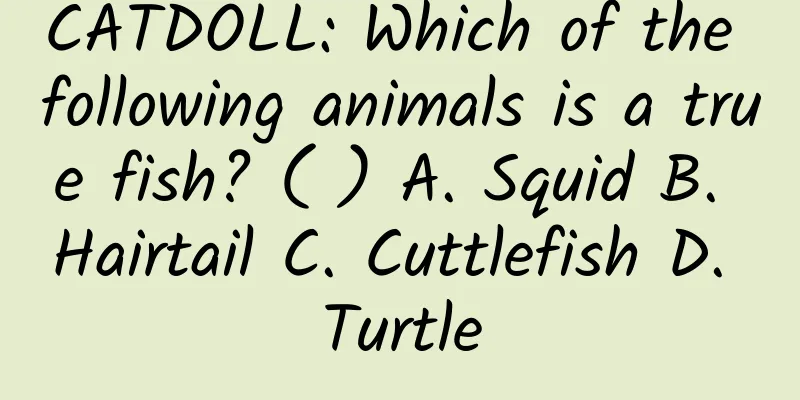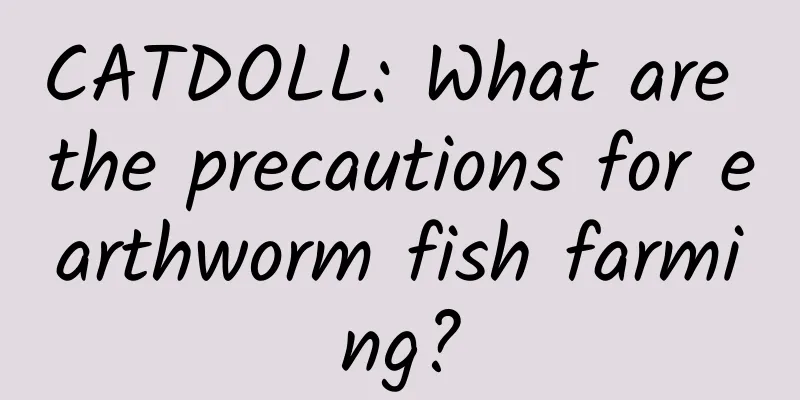CATDOLL : CATDOLL: How to catch crucian carp in summer?

How to catch crucian carp in summer?Summer is characterized by high temperatures and long days. In some areas, the temperature at noon is as high as 37 degrees or more. It is light at 5 am and dark at 20 pm. Due to the high temperature at noon, crucian carp are more active before 9 am and after 5 pm. From 9 to 17 pm, they swim to deep water areas or waters with shade where the sun does not shine to rest. Therefore, the best time to fish for crucian carp is before 9 am. In summer, you should get up early. It is best to arrive at the fishing grounds around 6 am, so that there will be a 3-hour golden time period in the morning. After 16 pm, the temperature drops and crucian carp start to swim and look for food again. Therefore, after 16 pm is another golden time period for fishing crucian carp, especially after 17 pm, when crucian carp have a particularly good appetite. Don't miss this golden time period in the afternoon. However, if you have a long way to go home, you should still collect your fishing rod early in order to avoid walking in the dark and accidents. Due to the high temperature in summer, the appetite of crucian carp will be affected. In summer, vegetarian bait should be used as the main bait. Dough bait can be used, and it is best to use finished bait. Mixing two or more finished baits will have a good fishing effect, such as using "Wang Crucian Carp" bait with "Silver Crucian Carp" bait or "Dongjun" bait. Dough bait is mainly flour, add a small amount of soybean powder or broad bean powder, pea powder to mix, and then drop a few drops of crucian carp essence. The bait should not be prepared too much, and it is better to use it up on the same day. Toothpaste mixed with noodles to make bait balls, rice grains soaked in wine, and tofu can all be used as bait. Summer fishing location selection method: "Summer fishing pond", that is, it is suitable to fish in deep water in summer, especially at noon. If there are branches, water plants, aquatic duckweed and water lilies in the water, you can set up fishing spots near them, but don't be too close to branches and water plants, otherwise the fish will swim to the messy branches and grass after being hooked, causing the fishing line to be entangled in the branches and grass stems. In summer, the fishing position should be set up on the east bank of the water area in the morning, that is, the fisherman should sit facing east and west. One reason is to avoid being exposed to the sun, and the other is that the water area near the east may be shady and the water temperature is lower. In the afternoon, you should sit facing west and east. The reason is exactly the opposite of the morning. The west bank of the water area is shady in the afternoon, and the back of the person is facing the sun, which can prevent the face from being exposed to the sun. In summer, when fishing with earthworms as bait, you should prevent the earthworms from being steamed to death by high temperatures. Do not use plastic boxes to pack earthworms, but use wooden boxes, bamboo tubes or gourds. The earthworm tube should be placed in a cool place to avoid the sun. In summer, when fishing crucian carp, you should also prevent the fish from dying. The fish guard should be placed in deep water to avoid sunlight and in a place with shade. When putting the fish into the guard, you should move gently to let the fish slip into the guard along the edge of the fish guard. Do not lift and move the fish guard frequently. Before going home, you can get some water plants to cover the fish to prevent death. More Which animals hibernate?On the African island of Malagasy, there lives a mammal called the shrew that feeds exclusively on earthworms. In the hot summer, the ground is so hot that earthworms cannot live in the shallow surface layer, which makes it difficult for the shrew to get food. Due to the temporary break in the food chain, the shrew has to enter a long period of hibernation. It will not wake up until autumn. There is a big spider in the Sahara Desert. Every summer, it digs a well with a diameter of 2.5 cm and a depth of 40 cm. It spins silk to make a big web at the mouth of the well to block the scorching summer sun, and then hides in the bottom of the well to sleep. In western South Africa there is a kind of fat wild rabbit. It has abundant fat in its body and is afraid of heat. Therefore, during the more than two months of midsummer, it hardly eats anything and just lies in its hole all day to sleep. The loaches living in the waters along the Danube River burrow into the mud and hibernate when the river dries up in the summer, relying only on their special intestines to breathe air to sustain their lives. There lives a small lemur on the island of Madagascar in the Indian Ocean in southeastern Africa. It is only 20 cm long, chubby, with big eyes and a tail slightly shorter than its body. It hibernates in the hot and dry season, relying on the fat stored in its tail to sustain life. Snails are animals that hibernate in both winter and summer. When the hot and dry season comes, they hide in the shell on their backs to hibernate. When late autumn comes, they start to move again, often crawling into cracks in rocks, caves or burrowing underground to live in seclusion, and then hibernate again. Every time they hibernate, snails can secrete a kind of mucus to seal the shell opening to resist the scorching heat outside or the severe cold of ice and snow. There is a four-clawed tortoise in Huocheng County, Ili, Xinjiang, my country. Unlike ordinary tortoises, which have five claws on each limb, this tortoise has only four claws on each limb and no webbed feet. It cannot swim and can only stay on land for its entire life, living in caves. Therefore, it is also called a land tortoise or a grassland tortoise. The four-clawed tortoise spends more than 300 days a year burrowing into the sand. It not only hibernates in winter, but also in summer. In fact, the phenomenon of hibernation is not an isolated case. There are many animals in the world that hibernate, whether they are mammals, amphibians or oviparous animals, whether they are land animals or aquatic animals. Frogs and snakes in the desert, sea cucumbers in the sea, tree fish in South Africa, African crocodiles, lizards and toads living in tropical rivers and swamps all hibernate. |
Recommend
CATDOLL: Cultivation of tropical ornamental fish
Essential equipment for keeping tropical fish (1)...
CATDOLL: Centipede farming?
1. Centipede breeding? In theory, this is true. I...
Can a cat heal itself if it gets a fish bone stuck in its throat?
Cats getting fish bones stuck in their throats is...
CATDOLL: What is the future of beekeeping?
The state encourages the development of beekeepin...
CATDOLL: What is Earthworm?
Question 1: What is an earthworm? What is it good...
CATDOLL: Detailed treatment of piglet gastroenteritis to help you effectively treat it
Treatment of piglet gastroenteritis Gastroenterit...
CATDOLL: A guide to raising newborn lambs so they can thrive
The care of newborn lambs is an important part of...
CATDOLL: How to breed golden arowana and how often to breed
It is very difficult to breed golden arowana beca...
Comprehensive guide: How to scientifically breed foreign three-way sows to improve production efficiency
introduction In the pig farming industry, foreign...
Explore the meaning of average in statistics
What is the average In statistics, the mean is th...
CATDOLL: Large fish that can be farmed at high density
Large fish that can be farmed at high density Fis...
CATDOLL: How to deal with and prevent chicken pox?
What is chicken pox? Chicken pox, also known as c...
CATDOLL: What's wrong with the whites of my eyes?
Question 1: What should I do if my eyes turn whit...
CATDOLL: The simplest way to raise earthworms
1. The simplest way to breed earthworms Breeding ...
Why do sows eat some of their young pigs?
Why do sows eat some of their young pigs? In a pi...
